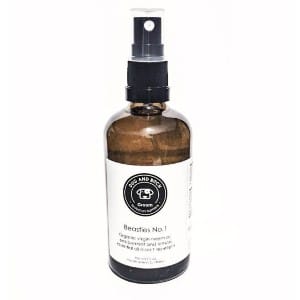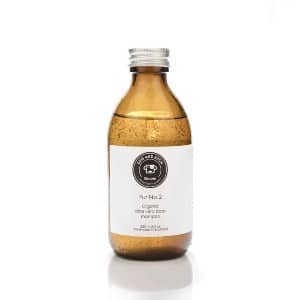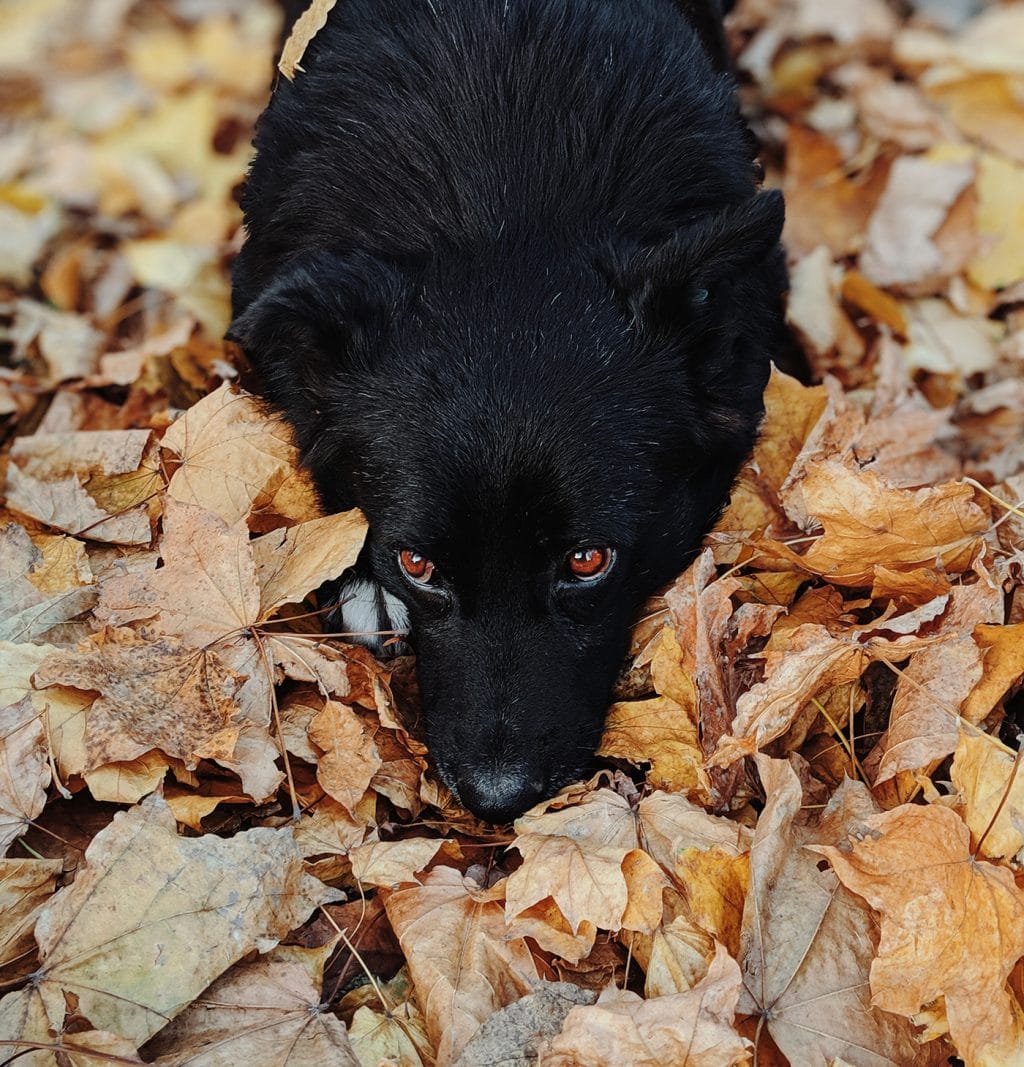The dog days of summer have passed, and autumn has officially made its appearance. The trees are adorned with bright fall colors, and piles of leaves are accumulating on lawns and sidewalks. Our dogs have a prance in their step that we don’t often see during hot, humid weather.
But along with the crisp, comfortable weather and the sight of apples being sold at greenmarkets and on fruit stands, fall ushers in a host of potential dangers for our best friends.
Here are some of fall’s health hazards and what you can do to keep your dog safe.
Related: The Best Hiking and Camping Gear for Your Dog
1. Shorter Days

SHOP NOW
Autumn brings shorter days and longer nights. With daylight saving, darkness comes earlier in the day. Because of that, we need to protect our dogs. Equip your pup with reflective gear, including a harness, leash, collar or coat to ensure he is seen.
Also, consider bringing a flashlight during walks in case you need to maneuver hazards on sidewalks and roads (also comes in handy to pick up poop). And if you have a reflective jacket, wear one, so cars can see you — and you can avoid any possible tragedies.
2. Antifreeze
The cooler weather brings out the antifreeze. Whether people have it laying around in their garage or have already put it in their car, as a preventive measure, the coolant can be extremely harmful to dogs.
The good news is that as of 2012, all antifreeze, which usually has a sweet taste that is appealing to dogs, needed to be bitter flavored to deter pooches from lapping it up. However, that doesn’t mean the sweet stuff isn’t still stored in sheds and garages across the country. Antifreeze is so toxic that even a small amount licked off the paws can be fatal. Watch for puddles of the lime green liquid. Symptoms of poisoning include vomiting, stumbling, twitching, tremors and increased urination and thirst. Dogs can recover if treated immediately, so keep your eyes peeled.
3. Bundle Up

SHOP NOW
When the temperature drops, our dogs can get as chilly. Small dogs, dogs with short hair or hairless and the very young or old dogs can be more sensitive to cold. This includes toy breeds like Yorkies, Chinese Crested and Chihuahuas, and short-haired breeds like Pit Bulls, Greyhounds, Whippets and Salukis. The chill isn’t just down to numbers though; consider the wind chill and the level of dampness in the air.
If you have one of these breeds, start getting your dog used to wearing a t-shirt, sweater or jacket as soon as you can. The general rule for these breeds is that if you need a sweater, so does your dog.
4. Fleas

SHOP NOW
Fall is actually a peak season for some fleas as they don’t start to die until there are constant cold temperatures of 30 degrees or lower. Plus, the precipitation the season brings can make it a thriving time for fleas. If you spend a lot of time outdoors with your dog, be consistent with your flea protection.
The itchy, inflamed skin caused by flea bites will make your dog miserable, and you will find bites around your ankles when fleas jump off your dog inside your home. Using commercial or natural flea repellent with protect both you and your dog.
Related: 7 Fast-Acting and Effective Home Remedies to Stop Your Dog From Getting Fleas
5. Seasonal Allergies

SHOP NOW
Dogs, like humans, can suffer from seasonal allergies including pollen, dander, grasses, weeds, trees, insects, pollen, ragweed and mold. And since dogs are closer to the ground than we are, a romp in the park can result in sneezing, coughing, wheezing, scratching and biting. Other signs are infected or inflamed skin, excessive licking of the paws, severe shedding, and runny discharge from the eyes or nose.
If you get your dog tested, you may be able to limit the exposure to the allergic substance. Treatment will depend on the type of allergy but consider washing your dog regularly using a gentle shampoo that soothes the skin.
6. Ticks
Leaves, lawn, backyards and woods — all areas dogs love to romp through — harbor ticks just waiting for a free meal. Ticks are most active late spring, summer and early fall, but climate change has contributed to an extended tick season. Talk to your veterinarian about the best tick protection, and check your dog for ticks after coming in from outside. If you do find a tick, remove it by grasping the tick with fine-point tweezers as close as you can to the dog’s fur, and pull it out in a straight, steady motion.
7. Wild Mushrooms
Fall provides the perfect conditions for wild mushrooms to grow, and while many of these ‘shrooms are perfectly safe, some are deadly. It is very difficult to tell the difference between a poisonous mushroom from an edible delicacy, so a no-mushroom rule is the safest. Keep your eyes on your dog when he’s rooting around leaves at the base of trees and other areas where mushrooms grow. Check out this slideshow for some common poisonous mushrooms to dogs.
With observation and planning, you can still enjoy everything the fall season has to offer with your dog. So, go out and enjoy the leaves!


















